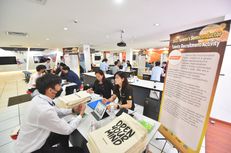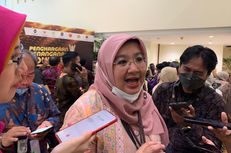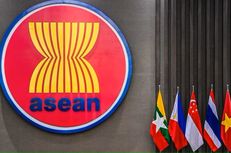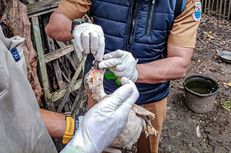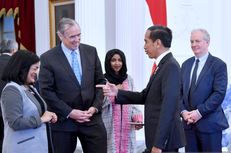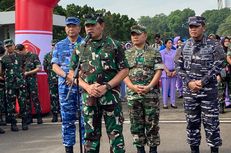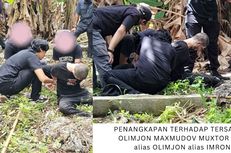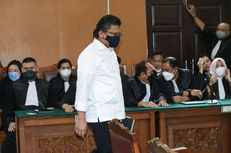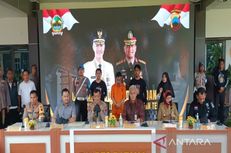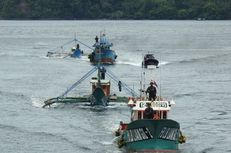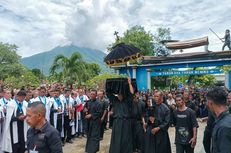Indonesian Hotel Displays Miniature Mosque from Rice Crackers
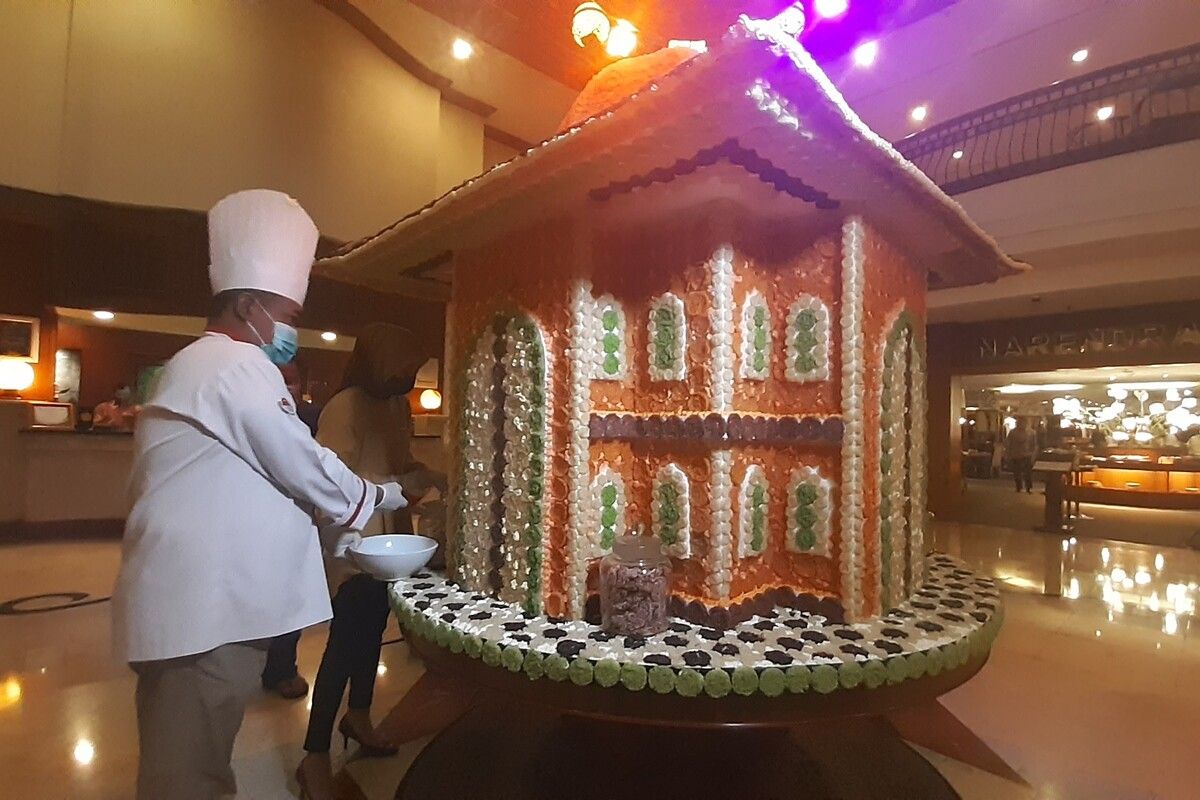
SOLO, KOMPAS.com - If one visits the Sunan Hotel in the city of Solo at Indonesia's Central Java province, one might be fixated by a colorful scale-model mosque at the lobby. At first glance, it might be mistaken for a gingerbread structure.
But a closer look of the miniature house of worship shows that the mosque's building blocks came from an ingredient more typical of Indonesia, namely traditional rengginang rice cakes.
Sunan Hotel General Manager Retno Wulandari stated that crafting the rengginang into a miniature mosque and installing it at the lobby, is designed to draw guests observing the holy Muslim month of Ramadan.
"The [rengginang mosque] is fast becoming an icon [of Solo] where guests can take advantage of it as a background for their selfies," she said of the 200 by 180 centimeter structure.
Also read: Ngabuburit, An Indonesian Tradition
"The miniature mosques requires seven days to make and uses up to 20 kilograms of rengginang. We used white chocolate as an adhesive to turn the rice crackers into the scale-model mosque inspired by their full-scale counterparts throughout Java."
Retno added that the design of the miniature mosque "intends to evoke the atmosphere of the holy month [of Ramadan]."
This can be seen in the use of food coloring to make multi-colored hues such as orange, green and black that juxtaposes with the rice crackers' basic white color.
Rengginang is a traditional Indonesian rice cracker, made of cooked glutinous sticky rice that is seasoned with spices, molded into a flat and rounded shape then sun-dried. It is then deep fried in cooking oil to produce a thick, crispy rice cracker.
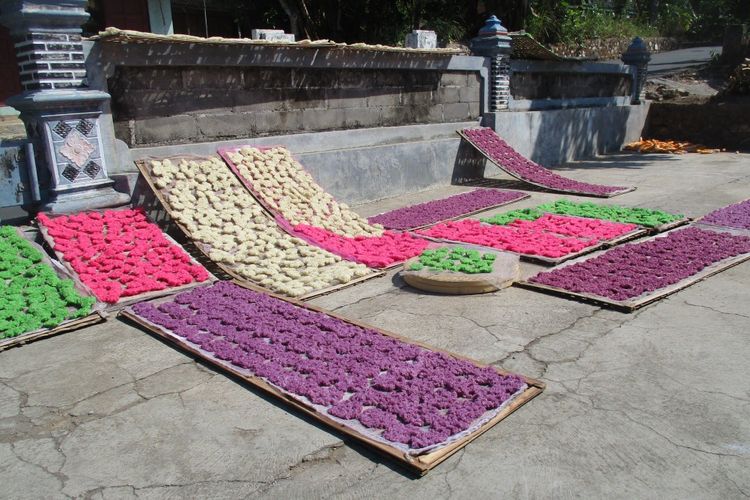 Batches of rengginang getting dried under the sun
Batches of rengginang getting dried under the sunA specialty throughout Java, Rengginang is divided by regions such as Rengginang Cirebon in the border between the provinces of West Java and Central Java, Rengginang Tasikmalaya in West Java, Rengginang Semarang in Central Java and so on.
The delicacy is also distinguished by their ingredients. These can vary from shrimp, oyster, terasi [dried shrimp paste] to lorjuk or razor clam.
Rengginang is sought after year round, particularly during Eid al-Fitr or Idul Fitri. Served in tin containers, this glutinous food has a tasty and crunchy taste that make it a go-to food to serve to guests.
Also read: Indonesian Embassy in Rome Holds Virtual Events to Mark Ramadan
"Idul Fitri celebrations often make us miss the rengginang served in our hometowns. This is perhaps why we made this year's rengginang mosque our biggest yet," she said. Whether that is the case or not is open to debate.
What is certain is that the scale-model rengginang mosque reflects this food's larger than life hold on many Indonesian palates or minds.
(Writers: Solo Contributor, Labib Zamani, Nur Rohmi Aida | Editors: Dony Aprian, I Made Ashdiana)
Sources:
Simak breaking news dan berita pilihan kami langsung di ponselmu. Pilih saluran andalanmu akses berita Kompas.com WhatsApp Channel : https://www.whatsapp.com/channel/0029VaFPbedBPzjZrk13HO3D. Pastikan kamu sudah install aplikasi WhatsApp ya.



